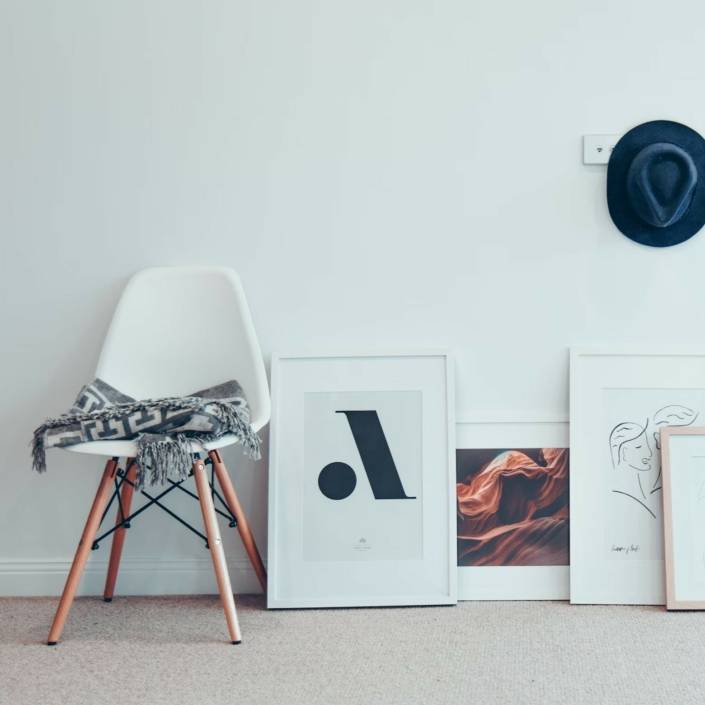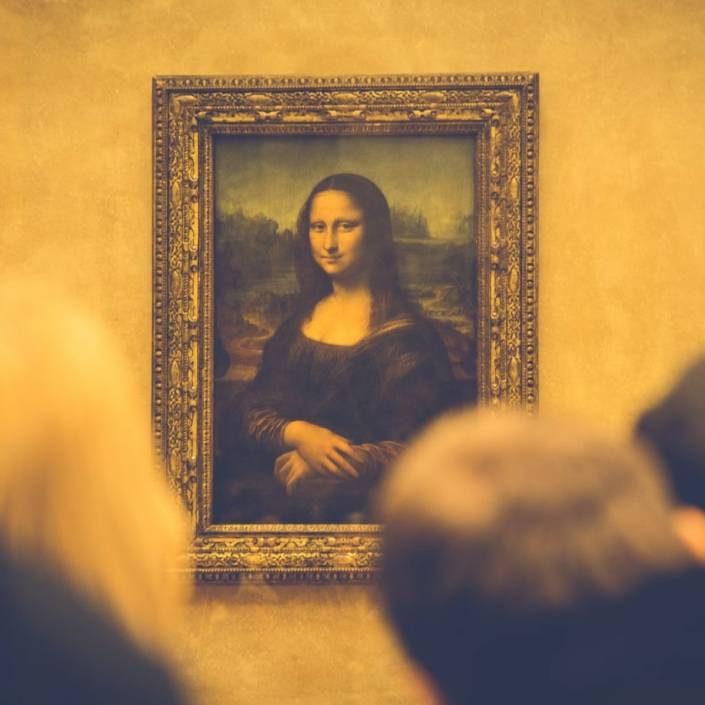Behind the Scenes: A World of Difference
Do we need to reassess our current strategies for marketing Australian art to the world?
Words: Sharne Wolff
BY ANY MEASURE, Australian artists are not financially well off. As the 2017 report, Making Art Work: An economic study of professional artists in Australia reveals, the total income of artists on average is lower than that of all occupational groups, including non-professional and blue-collar occupations. The majority of Australian artists are forced to supplement their creative income with earnings from other sources.
Perhaps these findings are not surprising when we note that Australian art is cheap on an international scale. Low prices, however, are said to be related to the small size of the provincial market and unrelated to the quality of art produced – as art critic and curator Sasha Grishin argues: “I strongly believe that Australian art, at its best, stands up well to international competition, but its marketing has traditionally been quite poor. In the second decade of the 21st century, it is a global market place and we need to trade globally, rather than act with a provincial mentality.”
Meanwhile, global art sales last year reached the phenomenal figure of US $67.4 billion, according to the 2019 Art Basel and UBS Global Art Market Report. 84 per cent of this value was dominated by the three largest art markets – the United States, United Kingdom and China – while the Australian market was not sufficiently large to record even a single percentage point. With art fairs representing around one quarter of all global sales, only 2 percent of the world’s art fairs were staged in Australia and New Zealand. Despite the opportunities offered by the internet, the Making Art Work report found that only around 40 per cent of visual artists have had the chance to engage in overseas markets.
So, what to do? Is this a question of patron- age? Should funds that assist Australian artists be increasingly redirected in favour of their engagement with and representation in the international sphere in order to assist in the levelling of sale prices for art works? Or is there a need for a fresh look at the current strategies for the showcasing and marketing of Australian art in international markets? If so, how can these aims best be achieved?
Currently, the chief goal of the Australia Council’s International Arts Strategy is “Australian arts without borders”. Each of its six objectives relate to showcasing and increasing international opportunities for artists in specific geographic regions. For the visual arts, the current priorities are Western Europe, North America and South Asia, while First Nations arts are prioritised in
North America and North Asia. An ongoing problem remains however – in that the Australia Council famously had its budget slashed back in 2015 and since that time has endured a series of ad hoc policy and structural changes, as well shifts in leadership.
Of the group of established artists canvassed for this story (almost all of whom did not wish to be named), all believed that it was desirable to show their work internationally, with one noting a direct correlation between the increase in their work’s value in the domestic market with specific participation in international festivals and inter- national awards. While agreeing that prices were too cheap, another artist interviewee was worried, however, that increases in the value of their work overseas would negatively affect sales in the domestic market. Several artists surveyed had been supported financially by government grants in the past, although many seemed to have lost confidence in the major government bodies’ enthusiasm and ability to support or advocate on their behalf.
In light of the fact that even gallery-rep- resented artists often cover their own costs when attending international fairs, exhibitions, biennales and the like, government support and philanthropic funding for travel and freight, installation, being available for opening nights and artist talks, and living away from home costs were all factors considered to be of importance. The high cost of showing internationally is often a deterrent to exhibiting, especially when it is likely that an artist may not break even or even lose money as a result of such effort and expense. As one artist put it: “Most artists don’t even consider the international market as it’s too hard to get to – and when you do get there, sales are so patchy you don’t really feel compelled to go back”.
Several artists indicated that of equal importance to funding is the ability to access international networks that include curators, gallery directors, collectors and art researchers. Alexie Glass-Kantor, executive director of Artspace, Sydney and five-time curator of Encounters for Art Basel Hong Kong agrees, although she underlines the importance of advocating for Australian art on an international art plat- form. She believes that rather than marketing, the emphasis should be on advocacy and “on building capacity for Australian art to be seen by audiences outside of those that are familiar with the language and vocabulary of Australian cultural production”. Also emphasising the value of developing partnerships and collaborations between Australian artists and overseas institutions, Glass-Kantor says, “Australian art needs to be seen in dialogue with international counterparts. It needs to be seen within a set of broader ideas and concerns that can speak locally, nationally and internationally.”
Paul Becker, founder and CEO of Art Money who is currently based in New York City shares the same view, with both he and Glass-Kantor recognising the desire to think creatively and focus on continuing support structures for artists. Although governments and private patrons can greatly assist in one-off measures that include airline travel and freight sponsorship, Becker considers that in respect of bringing artists to international attention and thereby increasing market size, “thinking outside the box and executing for the long term is hard and perhaps more difficult to quantify … however, I’d start with developing and continuing partnerships and collaborations”.
As Claire Bridge, artist and founder of Art World Women notes: “A living income creates a foundation of security from which artists can be more productive, take on challenging projects and further tap into resources, such as time to travel and forge relationships that take our work onto the international stage.”
This article was originally published in Art Collector issue 89, JUL – SEP 2019.
Image: Installation view of Tony Albert’s HOME and NATIVE, Art Basel Hong Kong, 2019. Acrylic and found vintage objects applied to plastic-polyester, powder-coated aluminium, dimensions variable. PHOTO: KITMAN LEE. COURTESY: THE ARTIST AND SULLIVAN + STRUMPF, SYDNEY AND SINGAPORE.









